Want to bring nature into your home? Botanical colors can help.
These nature-inspired colors create calm, fresh spaces that never go out of style. From soft greens to rich earth tones, botanical colors work in any room and help you design a space that feels peaceful.
Consider These Botanical Palette Strategies
- Green isn’t the only plant-inspired color
- Mix textures with colors to create the best look
- Change small items to match spring, summer, and other seasons
- Start with neutral walls, add color with pillows and botanical art
- Plants + botanical colors = instant harmony
- Natural dyes create authentic botanical tones
Save this for later or share with a friend who’s stuck picking colors.
What Makes Colors “Botanical”?
Botanical colors come from plants, flowers and natural landscapes. Think beyond just green, though green is definitely a key player here.
These colors help you feel good. Greens calm you down. Soft flower colors add warmth. Earth tones ground a space.
A room with plant-inspired colors feels more peaceful. Artists and designers know this well. Your mind connects these botanical shades to nature, even if you don’t realize it.
Many natural dyes come from plants too, which is why botanical colors feel so authentic in your space.
Nature-Inspired Color Combos That Work
Nature creates perfect color matches. Here are some botanical color combinations that always look good together and help you create beautiful spaces:
Green + Earth Tones
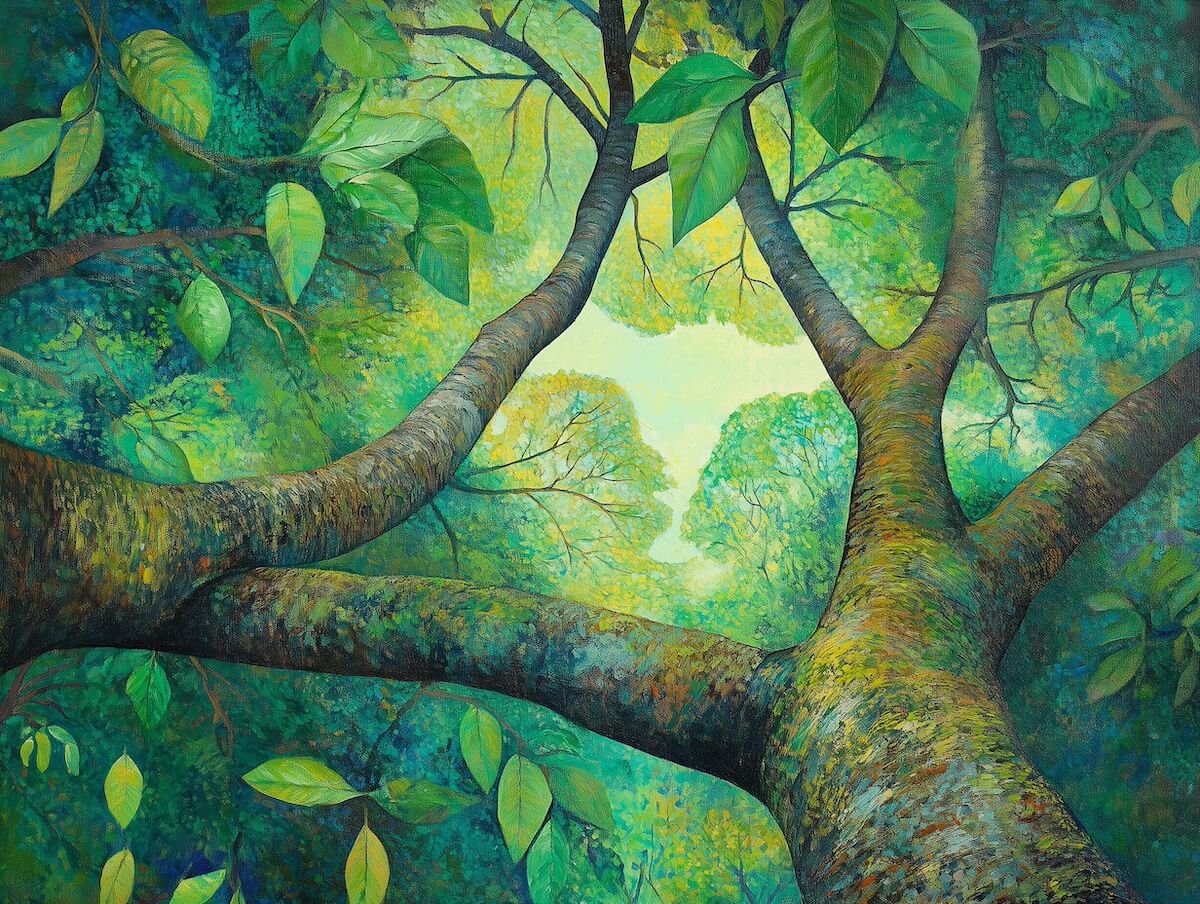
Colors: Olive, sage, forest green, beige, brown, terracotta
Perfect for: Rooms that need to feel timeless and natural
How to use them: Pair green walls with wood furniture. Add natural fabrics like cotton and linen.
Earth tones work with almost anything. They create a calm feeling and make spaces feel warm. These colors never really go out of style. Green in particular helps form a connection to the outdoors.
Soft Flower Colors
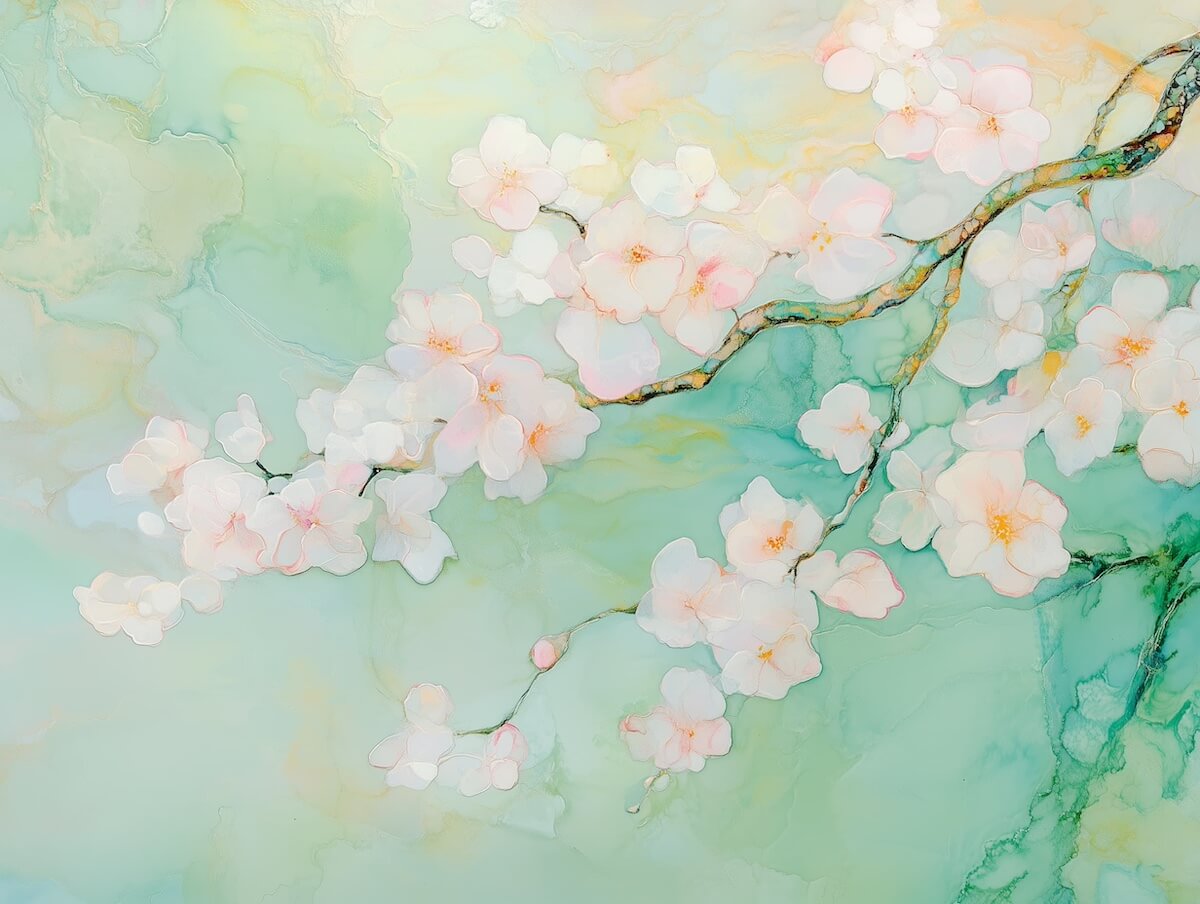
Colors: Light pink, lavender, pale yellow, mint, peach
Perfect for: Bedrooms, nurseries, or any space that needs to feel gentle
How to use them: Try floral patterns on curtains or bedding. Paint one wall a soft color. Add small touches through pillows or vases.
These colors remind you of spring gardens. Many artists use these shades to create gentle, dreamy paintings. They add a light, peaceful feeling to your space—perfect for places where you rest and relax.
Tropical Brights
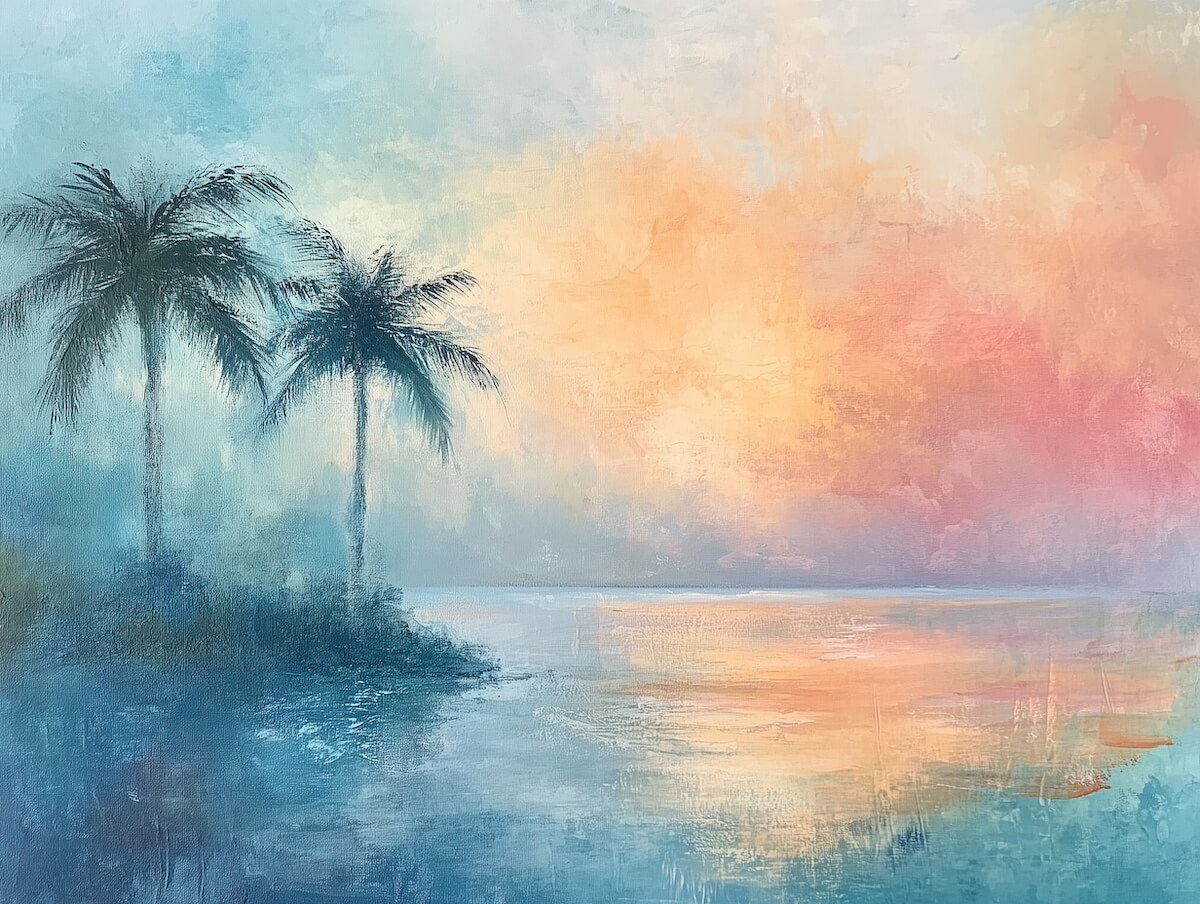
Colors: Emerald, teal, coral, yellow, turquoise
Perfect for: Spaces that need energy and life
How to use them: Add leaf prints, woven furniture, and bright accent pieces. Even one bold wall can transform a room.
These colors feel like a mini vacation. They bring warmth and fun to any space. Just a few touches make a big difference. Many green shades in this palette help create a lush, lively feel.
Dark Forest Colors

Colors: Deep green, dark olive, burgundy, charcoal, mustard
Perfect for: Creating cozy, dramatic spaces
How to use them: Paint walls a deep green. Add rich wood tones. Bring in burgundy or mustard through furniture or art.
These colors feel like walking through an old forest. They create rooms with depth and mystery—great for evening relaxation or sophisticated spaces. Deep green tones help form a strong connection to nature while adding elegance.
Succulent Colors
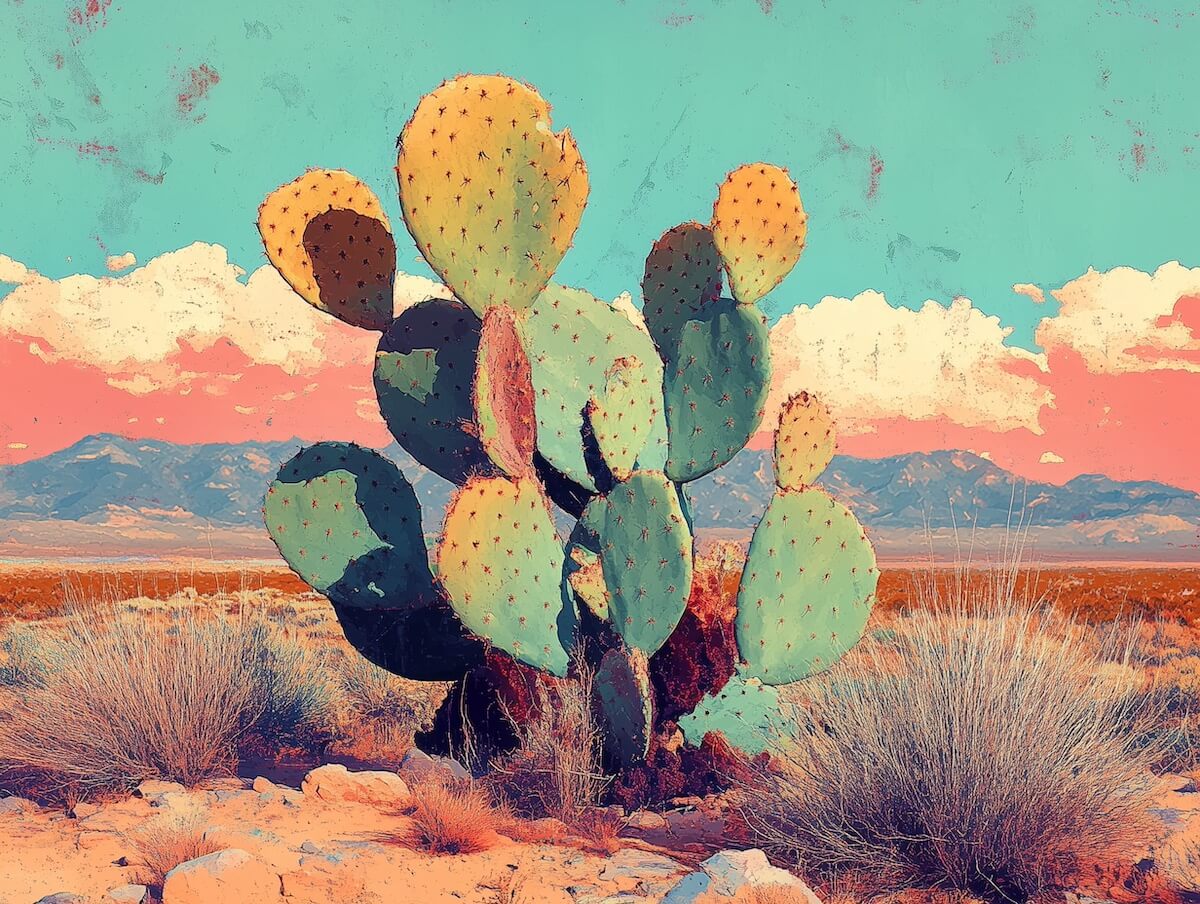
Colors: Sage, dusty purple, soft gray, pale blue, terracotta
Perfect for: Modern, minimal spaces that still need warmth
How to use them: Paint walls sage or gray. Use simple fabrics in muted tones. Add actual succulents as finishing touches.
These colors take inspiration from desert plants. They feel fresh but not overwhelming—perfect for clean, simple spaces where you want to create a calm atmosphere without too much color.
Changing With the Seasons
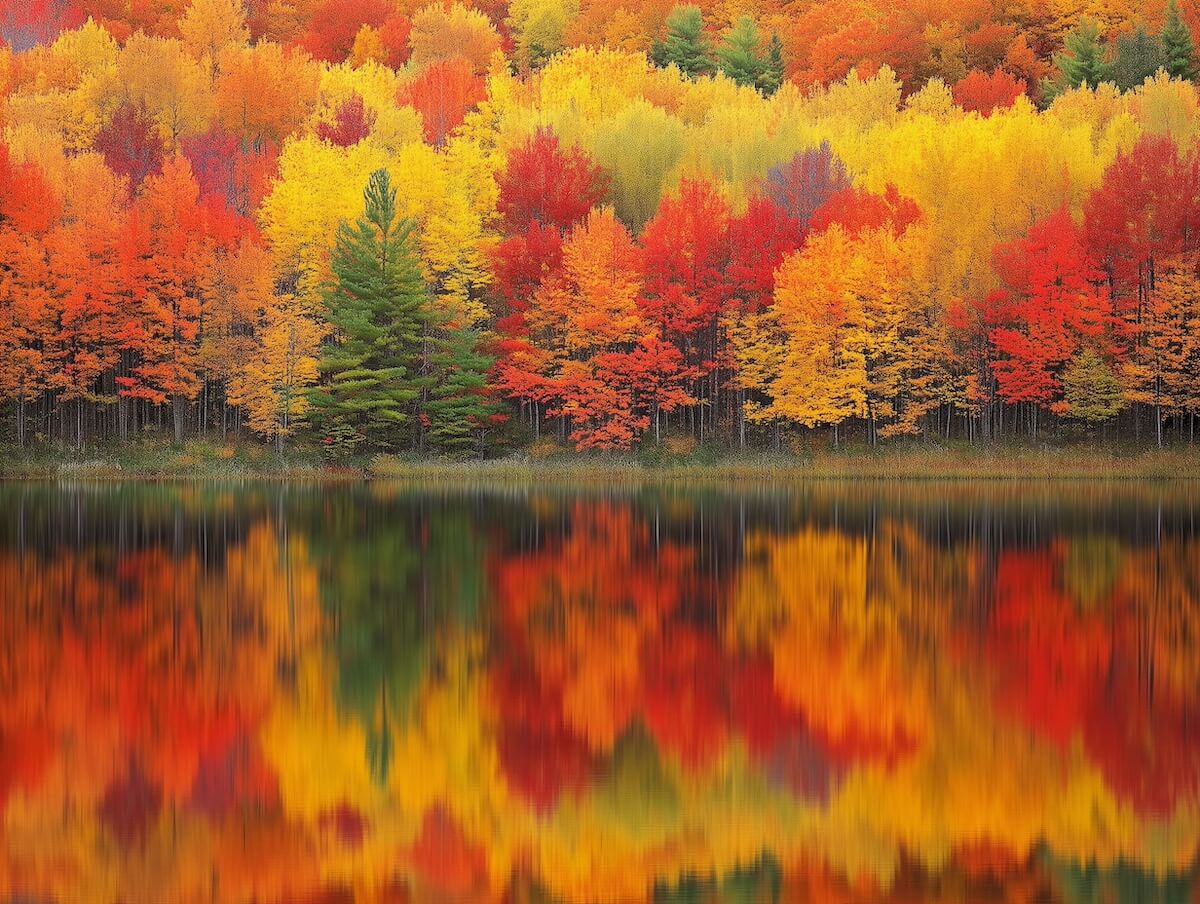
Nature’s colors change all year. Your home can too:
Spring: Light greens, pinks, yellows—think new leaves and first flowers. Spring colors add freshness to any space.
Summer: Bright greens, blues, corals—like a garden in full bloom
Fall: Rust, mustard, burgundy, olive—warm colors from changing leaves
Winter: Evergreen, gray, ice blue—crisp colors with cozy wood tones
Look outside for ideas. See what’s in bloom. Spring peonies give you soft pinks. Summer sunflowers bring bold yellows. Fall marigolds offer rich oranges. Winter holly and other festive elements provide deep greens and reds.
Small changes make a big difference. Switch out pillows, flowers, or art to match the season. This lets you create new looks without buying all new things to store.
Bringing Botanical Colors Into Your Home
Adding nature-inspired colors to your home creates instant calm. Think about:
- Walls: Soft greens and neutrals make rooms feel bigger and more peaceful.
- Furniture: Choose natural elements like wood and linen in earth tones.
- Accent Pieces: Pillows, rugs, and curtains in botanical colors tie everything together.
- Textures: Woven baskets, stone, and glass enhance the natural feel.
For balance, use the 60-30-10 rule. 60% neutral base colors, 30% secondary colors, 10% accent colors. This keeps the space from feeling overwhelming.
Designers often add green plants to botanical color schemes. Even a small plant helps create that perfect nature-inspired look.
Art and Decor That Works With Plant Colors
The right decor makes botanical colors shine.
Plant Prints: Framed leaf or flower art adds instant botanical vibes. An artist who specializes in botanical themes can create custom pieces.
Nature Patterns: Try a wall with leaf-pattern wallpaper for big impact.
Natural Fabrics: Curtains and throws with subtle plant patterns add depth.
Simple Accessories: Vases, planters, and wood items bring in botanical colors naturally.
These pieces help connect your color choices to actual nature, making the theme feel complete. Colors from natural dyes work especially well with botanical decor.
Adding Natural Textures
Textures make botanical colors feel more real.
Mix materials. Wood, stone, and natural fabrics create depth.
Layer fabrics. Try cotton, jute, or linen for table settings and window treatments.
Choose matte finishes. Rough ceramics look better with plant colors than shiny ones.
Add real plants. Even small plants connect color to actual nature.
The best botanical rooms have both color AND texture working together. Designers often combine multiple green shades with different textures to create rich, layered spaces.
Start Creating Your Nature-Inspired Space
Plant-inspired colors create spaces that feel fresh, peaceful, and timeless. Whether you love soft greens, rich earth tones, or flower colors, these natural palettes make any room feel more connected to the outdoors.
Just a few bits of botanical decor—paint, pillows, or plants—can transform your space. The natural world creates perfect color combinations. All you need to do is bring them inside.




